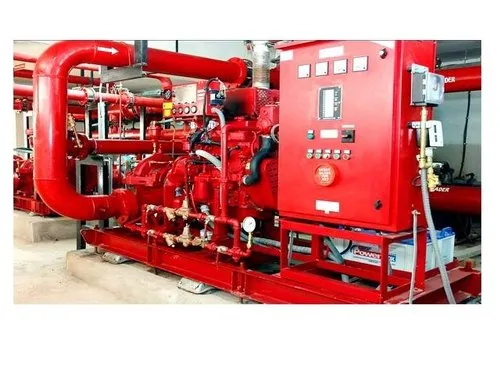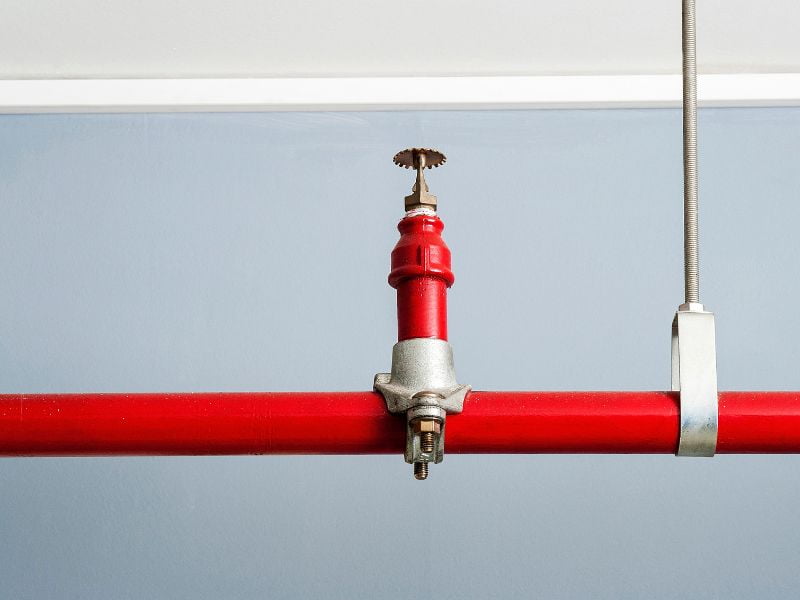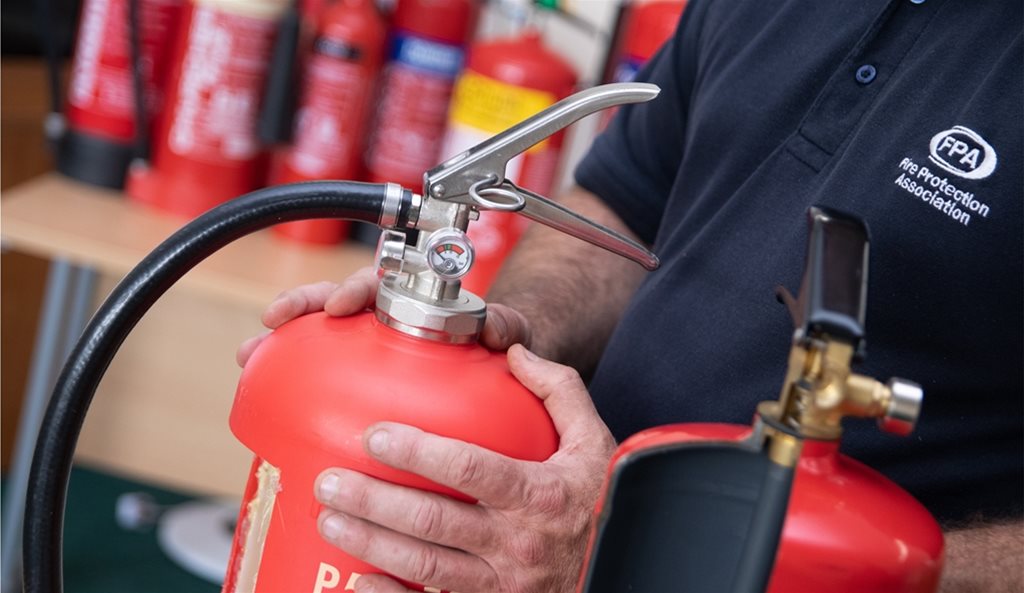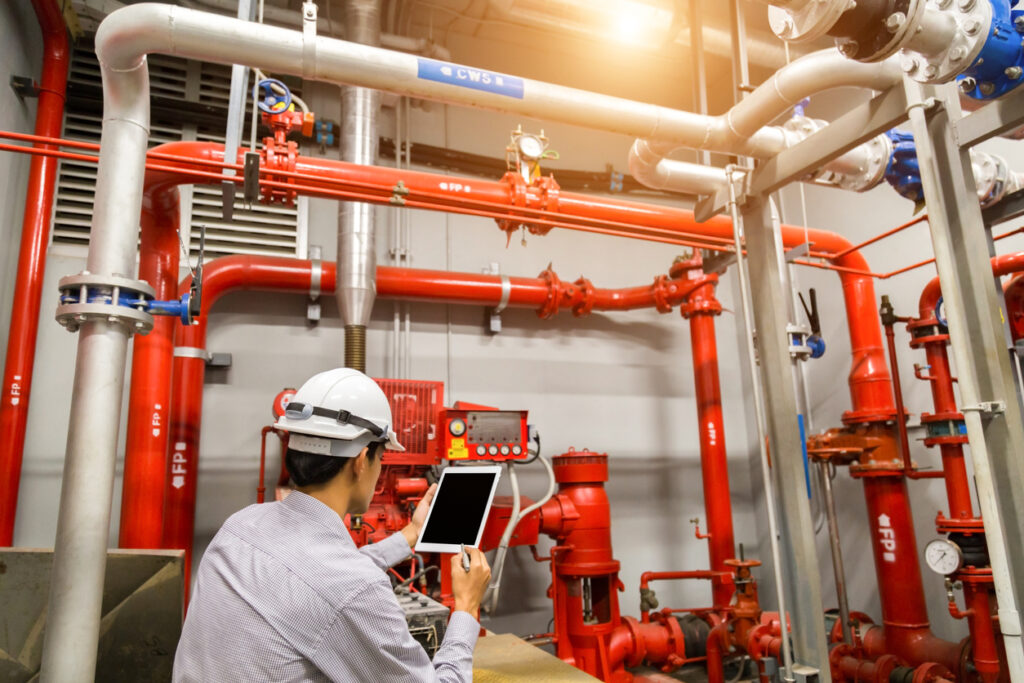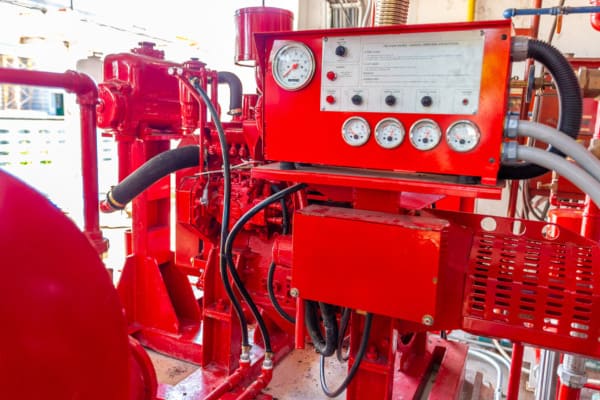Fire Alarm System: In the ever-evolving landscape of safety and technology, fire alarm systems play a crucial role in protecting lives and property. As buildings age and technology advances, it becomes essential to evaluate whether your fire alarm system meets current standards and effectively safeguards occupants. This blog post will guide you through the signs that indicate your fire alarm system may need an upgrade, the benefits of modern systems, and tips for making informed decisions.
Understanding Fire Alarm Systems
Before diving into the signs and benefits of upgrading, let’s first understand what a fire alarm system comprises.
- Initiating Devices: Smoke detectors, heat detectors, and pull stations that detect a fire’s presence.
- Notification Appliances: Alarms, sirens, and strobe lights that alert occupants of a fire.
- Control Panel: The brain of the system that receives signals from initiating devices and triggers notifications.
- Power Supply: A reliable power source, often with battery backups, to ensure functionality during power outages.
Signs Your Fire Alarm System Needs an Upgrade
1. Age of the System
One of the most significant indicators of whether your fire alarm system needs an upgrade is its age. Most fire alarm systems have a lifespan of about 10 to 15 years. If your system is older than this, it may not comply with current codes or standards, making it less effective.
2. Frequent False Alarms
If your fire alarm system frequently triggers false alarms, it could be a sign of outdated technology or improper installation. Frequent false alarms not only cause unnecessary panic but can also lead to costly fines from local authorities. Upgrading to a more advanced system can reduce false alarms and improve reliability.
3. Difficulty in Maintenance
Older systems often require more frequent maintenance and repairs. If your team spends more time maintaining your fire alarm system than it does ensuring its effectiveness, it might be time for an upgrade. Modern systems are designed to be more user-friendly and require less upkeep.
4. Lack of Integration with Other Systems
Today’s smart buildings often feature integrated safety and security systems. If your fire alarm system operates independently of other safety measures (like security cameras or access control), it may lack the coordination needed for effective emergency response. Upgrading to a more integrated system can enhance overall safety.
5. Limited Notification Options
Older fire alarm systems may offer limited notification options, such as only audible alarms. Modern systems provide a range of notification options, including visual alarms, voice messages, and mobile alerts. If your system lacks these features, consider upgrading to improve occupant awareness.
6. Compliance Issues
Fire safety regulations and standards evolve over time. If your system does not comply with the latest codes set by organizations such as the National Fire Protection Association (NFPA) or local fire authorities, it is crucial to upgrade. Non-compliance can result in fines and increased liability in the event of an incident.
7. Insufficient Coverage
If your building has undergone renovations or expansions, your existing fire alarm system might not adequately cover new areas. A comprehensive review of your system can help identify coverage gaps. Upgrading to a system that provides full coverage is essential for ensuring occupant safety.
8. Lack of Remote Monitoring
Modern fire alarm systems often feature remote monitoring capabilities, allowing for real-time alerts and diagnostics from anywhere. If your system lacks this feature, it may not provide the level of oversight necessary for effective response in emergencies. Upgrading can enhance situational awareness and improve response times.
Benefits of Upgrading Your Fire Alarm System
Upgrading your fire alarm system presents numerous advantages, from enhanced safety to improved efficiency. Here are some key benefits:
1. Enhanced Safety
The primary purpose of a fire alarm system is to protect lives. Upgrading to a modern system equipped with the latest technology ensures that occupants receive timely notifications, allowing them to evacuate quickly and safely in the event of a fire.
2. Improved Technology
Modern fire alarm systems utilize advanced technology such as photoelectric smoke detectors, which are more effective at detecting smoldering fires. These systems also often come equipped with features like voice evacuation messages, which provide clearer instructions during emergencies.
3. Reduced False Alarms
Upgrading to a more sophisticated fire alarm system can significantly reduce the occurrence of false alarms. Modern systems utilize advanced algorithms and sensor technology to distinguish between actual threats and non-threatening conditions, minimizing disruptions and fines.
4. Increased Compliance
An upgraded fire alarm system is more likely to meet current safety codes and standards, reducing the risk of penalties and liabilities. Compliance not only protects your organization but also reassures occupants that their safety is a top priority.
5. Cost-Effectiveness
While upgrading your fire alarm system may require an initial investment, the long-term savings can be substantial. Reduced maintenance costs, fewer false alarms, and potential insurance discounts for enhanced safety measures can offset the upgrade costs.
6. Enhanced Integration
Modern fire alarm systems can integrate with other building management systems, providing a comprehensive approach to safety. Integration allows for centralized monitoring and control, streamlining emergency response procedures.
7. Remote Monitoring and Alerts
With advancements in technology, many modern fire alarm systems offer remote monitoring capabilities. This feature allows building managers to receive real-time alerts and diagnostics, ensuring that any issues are addressed promptly, even when they are not on-site.
8. User-Friendly Interfaces
Upgraded systems often feature intuitive user interfaces that make it easier for staff to manage alarms, conduct tests, and perform maintenance. This ease of use can reduce training time and improve overall system management.
How to Choose the Right Fire Alarm System
When considering an upgrade, it’s important to choose the right fire alarm system for your building’s specific needs. Here are some tips to guide your decision:
1. Assess Your Needs
Evaluate the unique characteristics of your building, including its size, layout, occupancy type, and any specific hazards. This assessment will help determine the appropriate type of fire alarm system for your environment.
2. Consult with Professionals
Engaging with fire safety professionals or consultants can provide invaluable insights into the best options for your building. They can conduct a comprehensive site assessment and recommend systems that meet your needs and budget.
3. Consider Future Growth
As your building evolves, your fire alarm system should be able to adapt. Choose a system that is scalable and can accommodate future expansions or changes in occupancy.
4. Review Compliance Requirements
Ensure that any new system complies with local fire codes and regulations. This consideration will help you avoid potential fines and liabilities while ensuring the safety of your occupants.
5. Research and Compare Systems
Take the time to research different fire alarm systems and compare their features, costs, and warranties. Look for systems with positive reviews and a proven track record in similar settings.
6. Plan for Installation and Training
Upgrading your fire alarm system will require installation and staff training. Ensure that you allocate adequate time and resources for these processes to minimize disruption to your operations.
7. Establish a Maintenance Plan
Once your new system is installed, develop a regular maintenance plan to ensure its ongoing effectiveness. Regular inspections and testing are crucial for identifying and addressing potential issues before they become serious problems.
Conclusion
Fire alarm systems are a critical component of building safety, and keeping them up to date is essential for protecting lives and property. If your system shows signs of aging, frequent false alarms, or non-compliance, it may be time for an upgrade. Modern systems offer enhanced safety features, improved technology, and greater integration possibilities, ultimately leading to a safer environment for occupants.
As you consider upgrading your fire alarm system, take the time to assess your specific needs, consult with professionals, and explore the latest options available. Investing in a modern system is not just about compliance; it’s about making a commitment to safety and peace of mind.
By staying proactive and ensuring your fire alarm system is up to date, you can safeguard your building and its occupants, ensuring that everyone remains protected in the event of a fire emergency.

